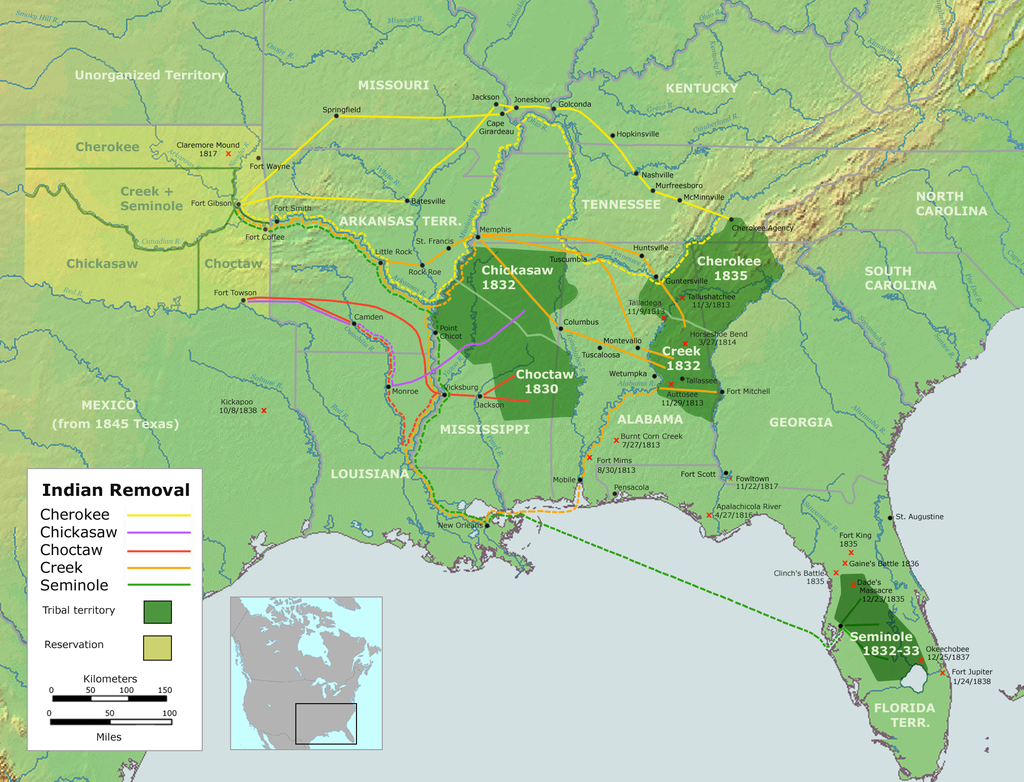Let's look at early, first. As we noted, John Gardner (son of Thomas and Margaret) was with a crew that map the Merrimack. Winthrop had requested the work, so it was later than 1630. The Gardners were involved with very early surveying in Salem (pre-1630). One son, Abel, of John's brother, Samuel, married Sarah Porter. Their in-law was Putnam. This is one link; there are several Putnam-Gardner links that we can look at.
So, let's now see what got us to this point. While browsing music on youtube, a George Jones tune came up. It said that Curly Putnam had been the writer. On looking further (and, we have had a series looking at places and their names - where New England families are involved - to wit, the whole of the Lawrence KS area), we got pulled in. Anyway, Putnam also wrote 'The Green, Green Grass of Home' which was a hit in the '60s (Welsh singer, Tom Jones, for one). Also, Curly had been born on Putnam Mountain, in Alabama. Well, that's far south. But, we know that the enterprising New Englanders went everywhere. So, what Putnams are these?
Well, looking at this brought up several facts, however there was a slight redirection as a real gem came up. It is a history of a type of surveying by the Bureau of Land Management. This is in the Department of Interior. It may be that westerners are more familiar with this organization, however it was mentioned in Dr. Frank's Massachusetts Magazine in the context of the more northern area (Montana, et al). Can we relate that western with the southern?
- A History of the Rectangular Survey System (huge PDF, so give it time)
First of all, it mentions Ohio. This where the work of the expansion was coordinated. Mind you, it is also on the western side of the Appalachian lines. These go to Alabama. Then, the history goes into the 'events leading to the passage of the first land ordinance' which is of the time of the Revolution. We have mentioned the 250th anniversary coming up.
Then, the history goes through the periods which eventually get to western Georgia that was first covered by Mississippi. Alabama was split from that. Given this great effort, details had to be read and appreciated. We will get back to the changes in technology and how they influence the activity. This type of work continues albeit largely different than in those days of Jefferson. There is still the meridian issue. We see a joggle all of the time where a correction was made to a road (essentially, two 90 degree turns, in one case).
Some topics need further attention. The first area was the Seven Ranges. After the land was mapped, the American government made choices. Early on, debt relief was a major motivation. BTW, Ohio became a state in March of 1803. It was the 17th.
Who was one of the "organizers" of the Ohio Company? General Rufus Putnam. He is the "Father of the Northwest Territory." Remember, he is cousin of Israel, the General, as well as closely related to Ann Putnam of Witch Trial fame.
 Back to Curly Putnam. He mentioned that his family had been in the timber business. So, we will look at that more closely. Too, though, the railroad went into that area. A few decades later, the U.S. Civil War came about. We are looking at the periods before that.
Back to Curly Putnam. He mentioned that his family had been in the timber business. So, we will look at that more closely. Too, though, the railroad went into that area. A few decades later, the U.S. Civil War came about. We are looking at the periods before that.
On another note, the Cherokee were in the area and forced west (Another Western Movement). We will look further in to that, as well.
Remarks: Modified: 05/28/2022
07/01/2021 -- Now, looking at the gateway to the west.
05/28/2022 -- Memorial Day, 2022 -- An Osage Mission.
No comments:
Post a Comment